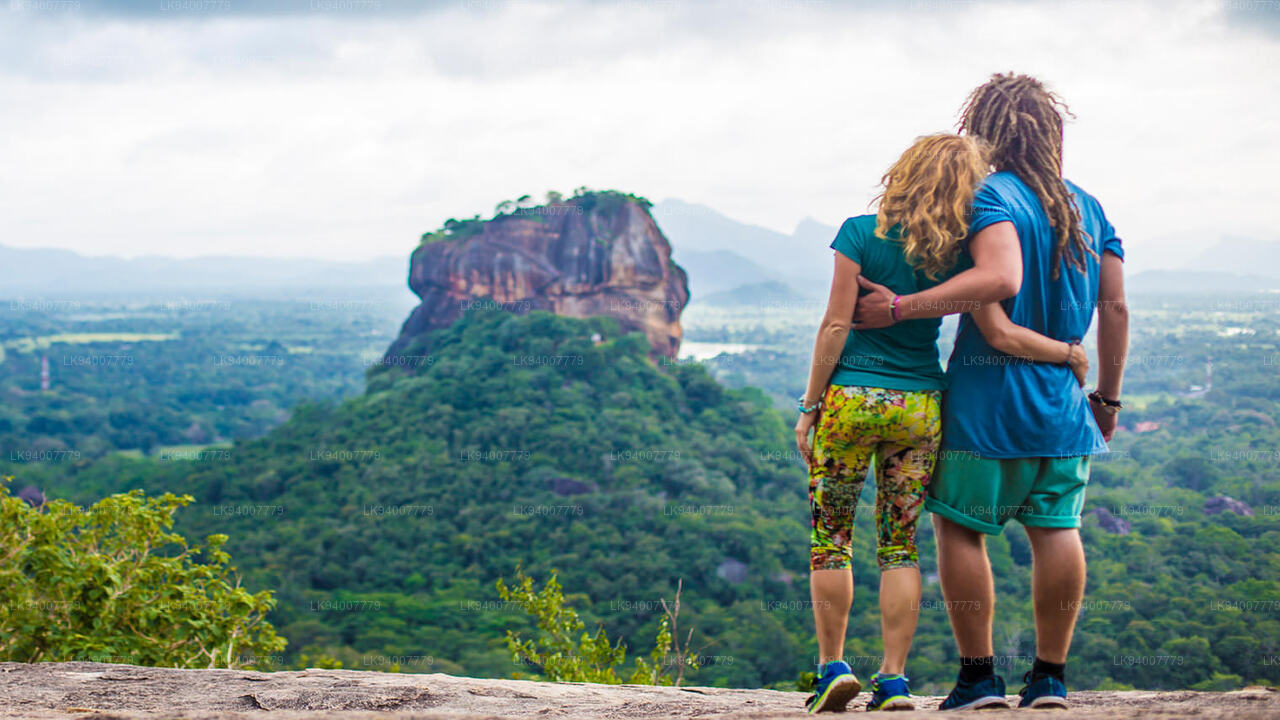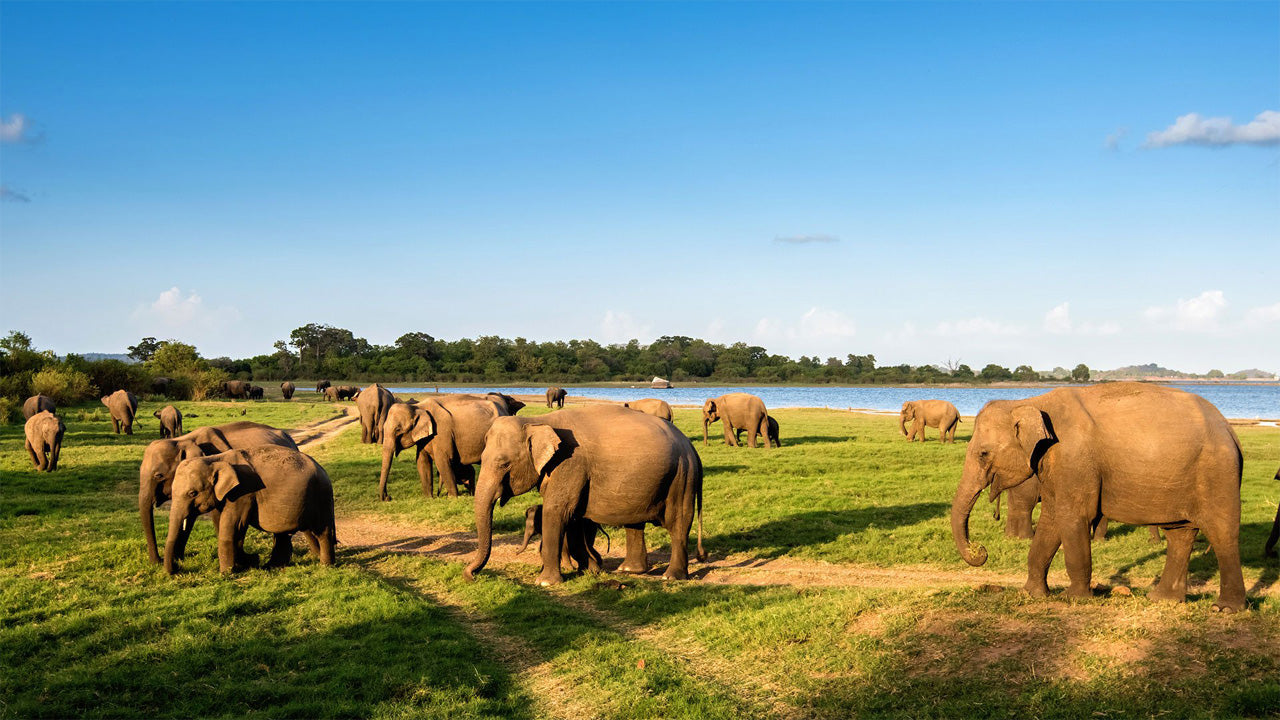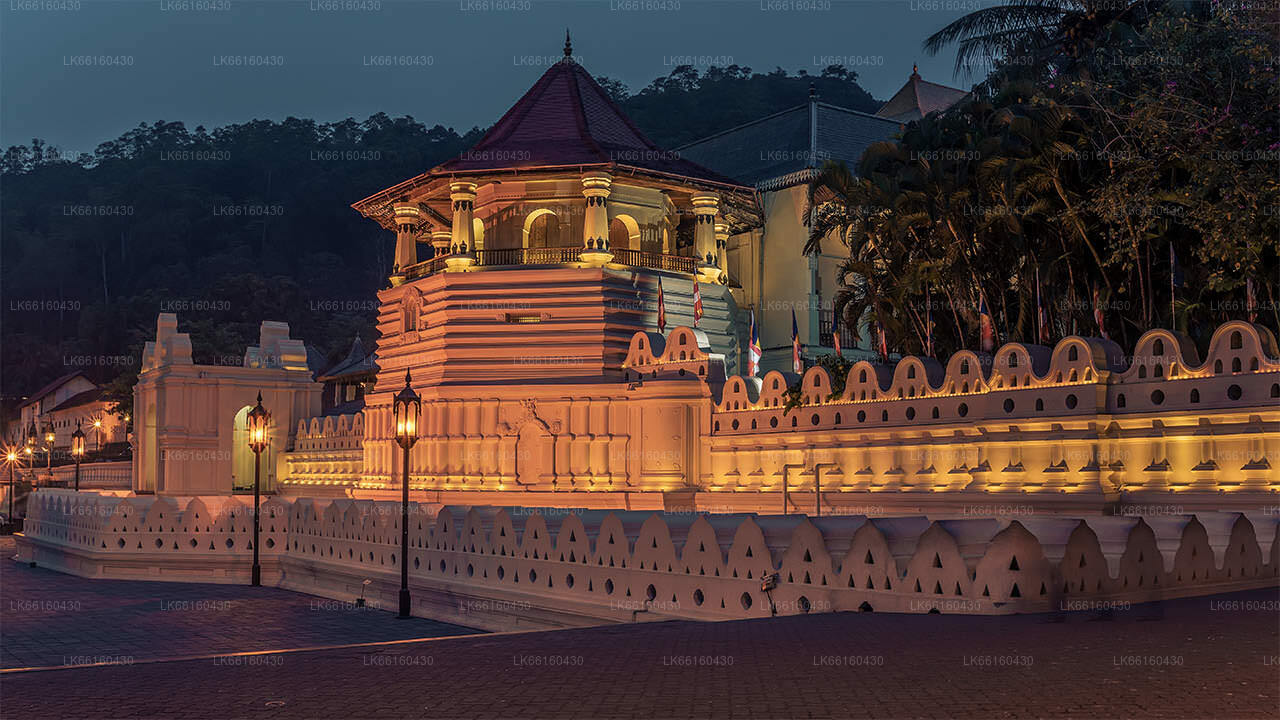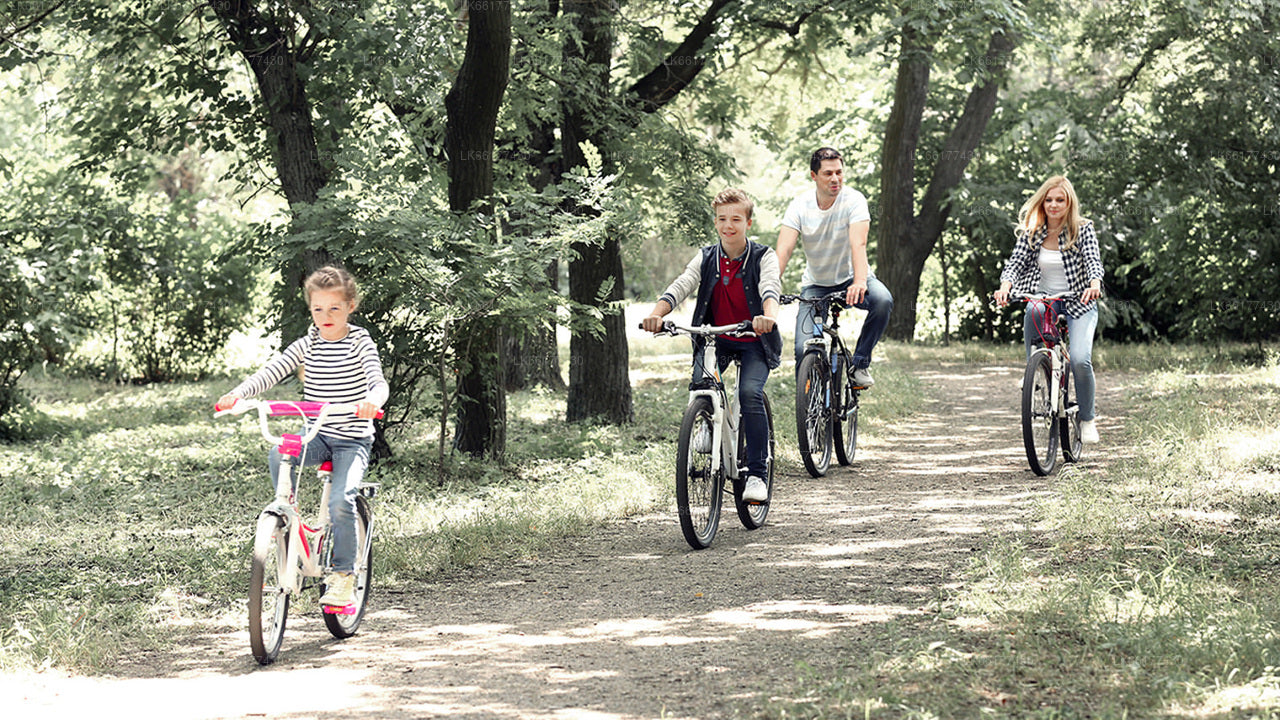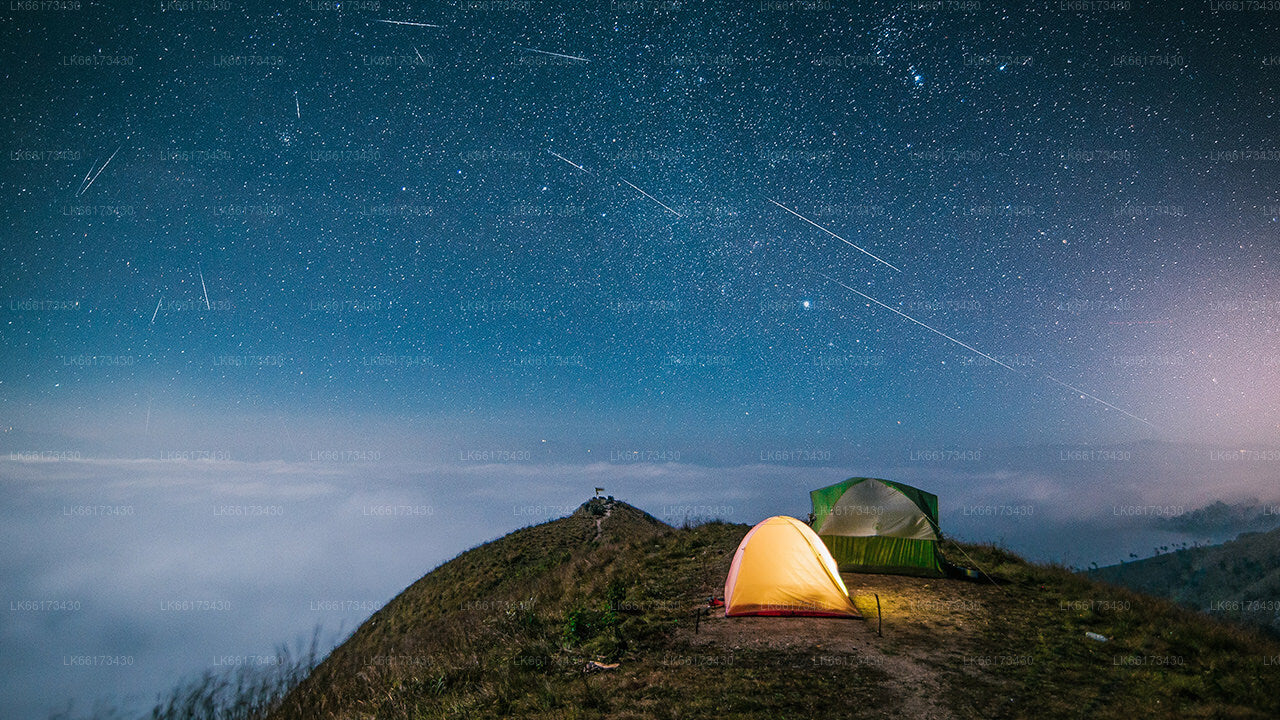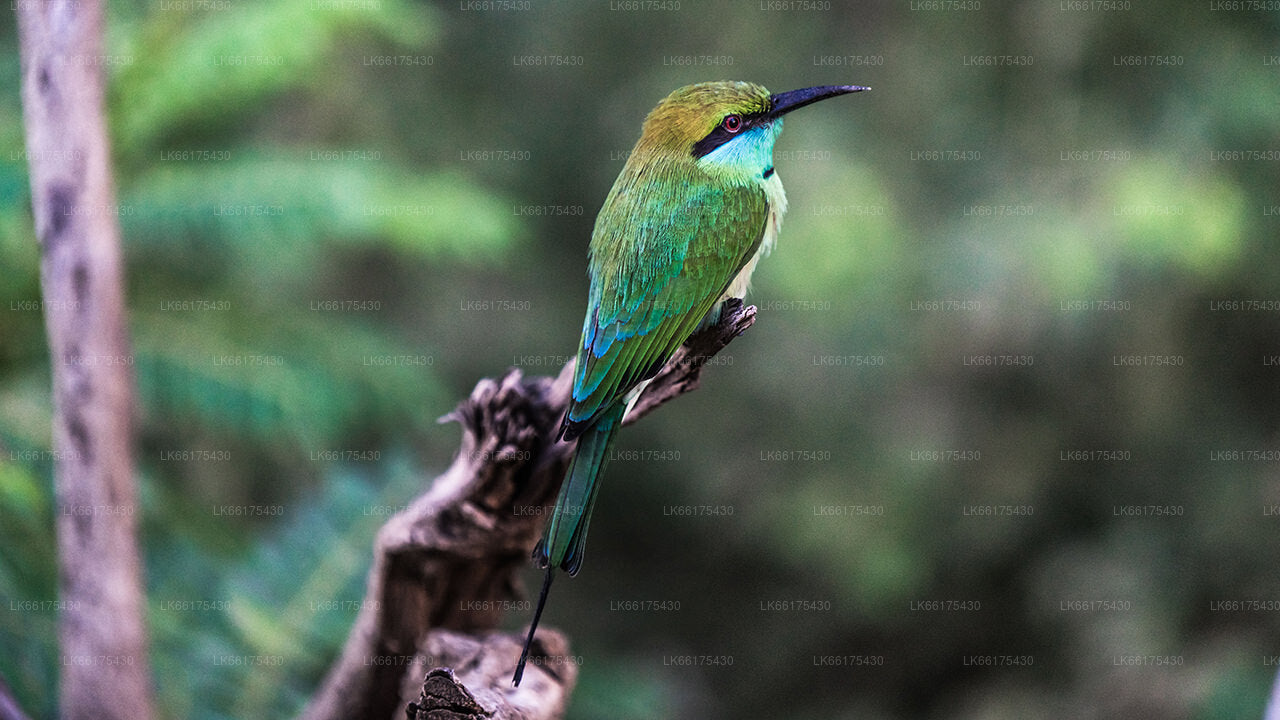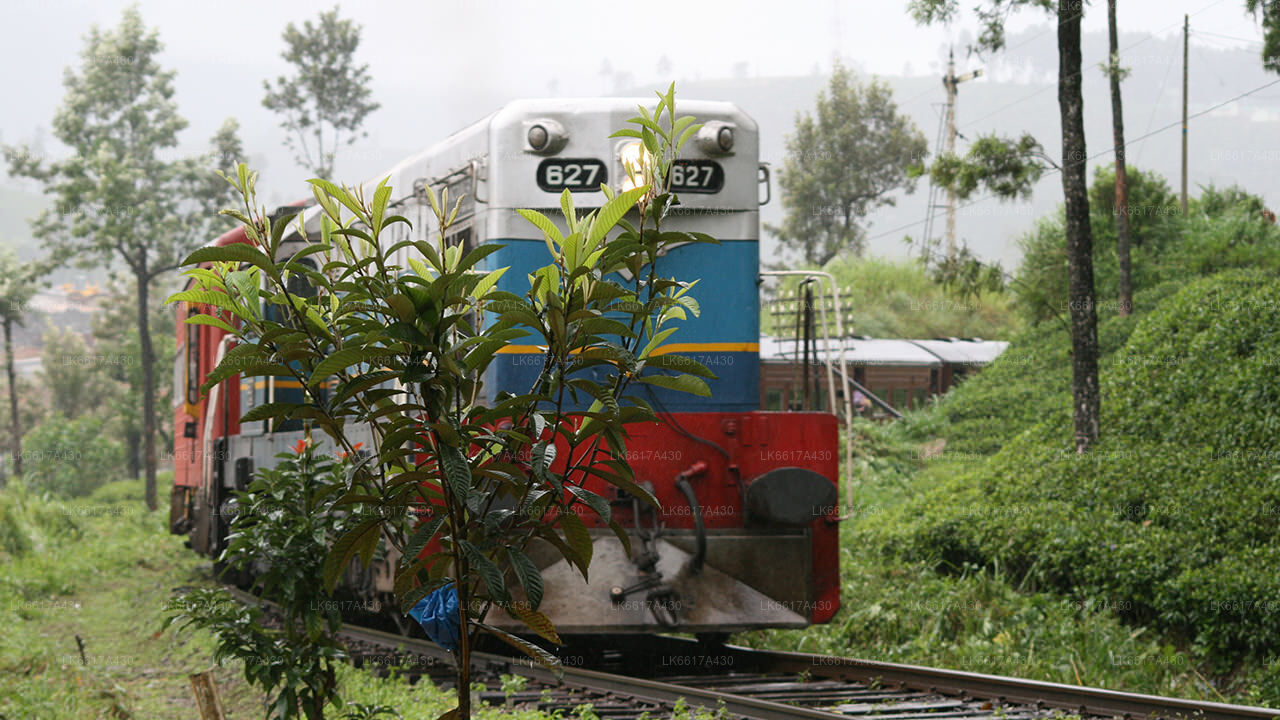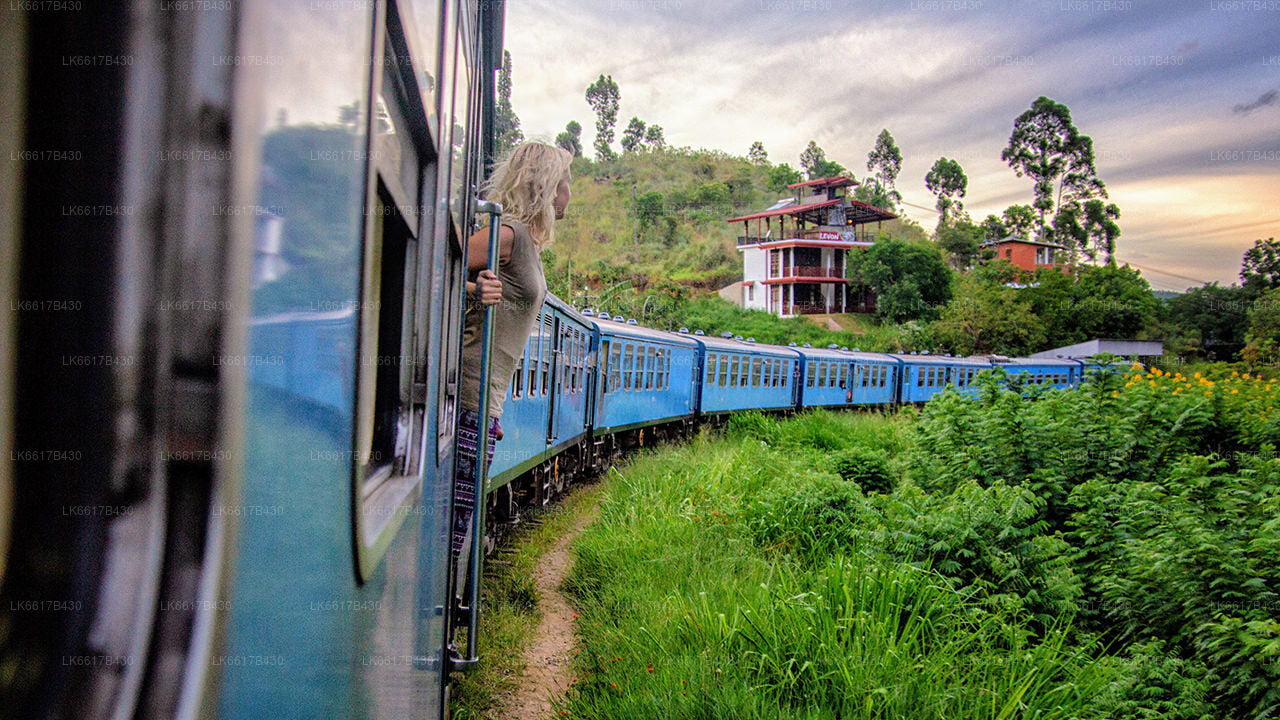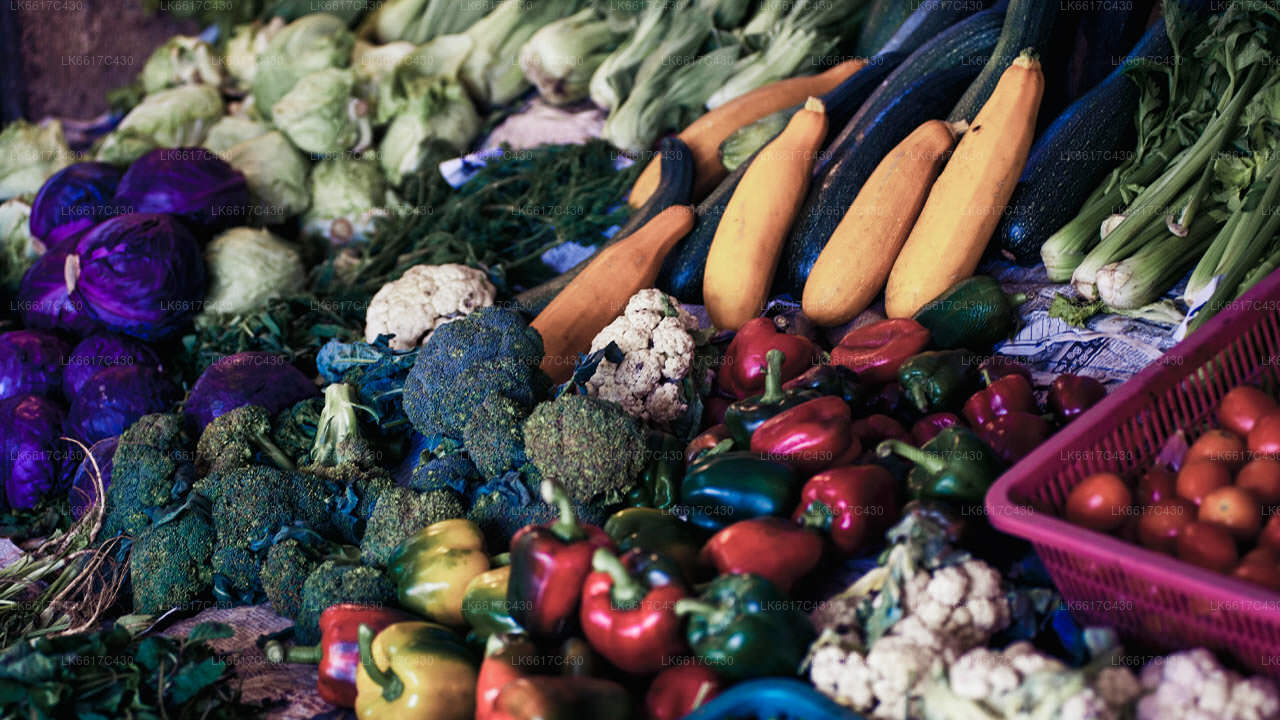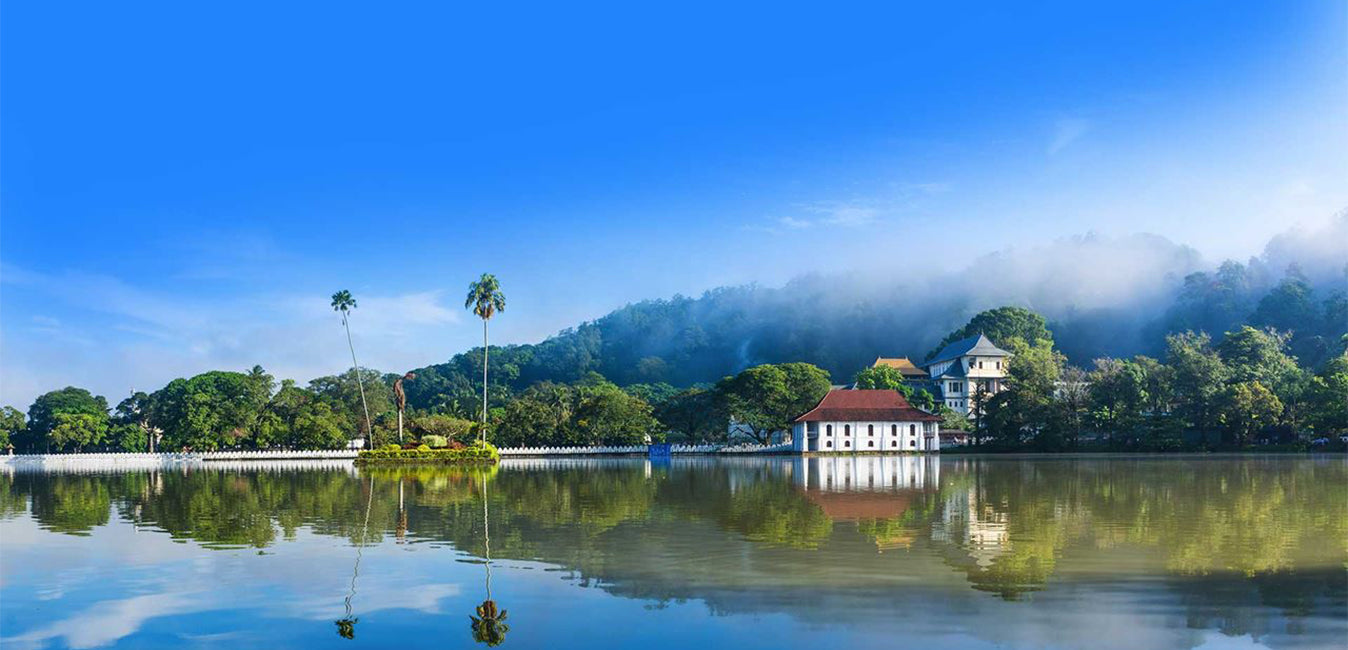
مدينة كاندي
كاندي، مدينة خلابة في وسط سريلانكا، تشتهر بتراثها الثقافي الغني ومهرجاناتها النابضة بالحياة وجمالها الطبيعي الأخّاذ. تقع وسط تلال خضراء، وتضم معبد السنّ، وهو موقع تراث عالمي لليونسكو، وتوفر مزيجًا آسرًا من التاريخ وروعة الطبيعة.
Gampola
Gampola is a town located in Kandy District, Central Province, Sri Lanka, governed by an Urban Council. Gampola was made the capital of the island by King Buwanekabahu IV, who ruled for four years in the mid-fourteenth century. The last king of Gampola was King Buwanekabahu V, who ruled the island for 29 years. A separate city was built in Kotte during this time by a noble known as Alagakkonara. The longest sleeping Buddha statue in South Asia is located in the Saliyalapura Temple, Gampola.
Among the remnants of Gampola era, the most famous temples are Lankathilaka, Gadaladeniya and Embekka Devalaya. The ancient stone scripts (Shila Lekhana) of Lankathilaka temple helps to reveal a considerable amount of vital information regarding the Gampola era. The statue of Buddha of the temple indicates style of South Indian arts. The Ambekka Dewalaya possess a large collection of wood carvings, where no other temple in Sri Lanka owns such a collection.
The town is located amongst Sri Lanka's central highlands, hence the climate stays mild throughout the year. Located 1,087 m (3,566 ft) above mean sea level, Ambuluwawa mountain hosts a hill top tourist spot that houses a biodiversity complex celebrating environmentalism and cultural and religious diversity. A notable feature of this complex is a large winding tower resembling a Buddhist stupa, which is located on the mountain peak. Gampola has a lot of shops and a huge residential area.
The prehistoric studies of Sri Lanka were initiated around in 1885 by surface collections of quartz and chert artefactual implements secured by John Pole (of Scarborough estate of Maskeliya) and by E. Ernest Green. Latter had done some observations at Peradeniya and Nawalapitiya (near to Gampola) could recover some stone fragments which he believed as stone implements used by pre historic Sri Lankans. Contemporarily to these studies, Mr Rober Bruce Foote could establish a considerable account about the Indian pre history who may probably first discovered stone implements from Gampola. He surveyed the Atgalle hill near Gampola and bought some lithics to India with him. Eventually, he sent these remains and Pole's collection to the Madras museum, ventured as 'Neolithic' stone tools of Sri Lanka.
However, some years later Sarasins pronounced those are Nawalapitiya artefacts of Green's are indubitably artefacts and Alchin could also found some remains from Nawalapitiya too. Recently, Siran Deraniyagala has classified Sri Lanka into six major eco zones and our study area allocated into the Zone D 2 or wet zone below 900 m, is defined as a special pre historic zone in the country with its specific features. But the concern on the pre historic Gampola is considerably lacking while comparing to the other regions of Sri Lanka, it can be rich with evidence as well as other areas.
نبذة عن مقاطعة كاندي
تقع مقاطعة كاندي في وسط سريلانكا. تُعد كاندي أحد مواقع التراث العالمي السبعة في سريلانكا، وكانت موطنًا لملوك كاندي القدماء في القرن السادس عشر، ومنبعًا للموسيقى والفنون والحرف والثقافة في البلاد. تبعد كاندي حوالي 129 كم عن كولومبو، وتتمتع بتضاريس جبلية، وتتجه الأنظار إلى مركز المدينة، حيث تُشكل بحيرة كاندي معلمًا ساحرًا. تحتفظ كاندي بأهمية دينية كبيرة لسريلانكا، إذ يقع فيها دالادا ماليغاوا أو "معبد السن"، الذي يضم بقايا سن بوذا المقدسة التي تُحفظ بعناية فائقة.
تقع الحديقة النباتية الملكية في بيرادينيا على بُعد حوالي 5 كم غرب مركز مدينة بيرادينيا، ويزورها 1.2 مليون زائر سنويًا. وهي أكبر حديقة نباتية في الجزيرة. غابة أوداواتا (أوداواتا كيلي) محمية طبيعية تقع في قلب المدينة، شمال معبد السن مباشرةً.
كاندي مدينة ذات أغلبية سنهالية؛ وتضم مجتمعات كبيرة تنتمي إلى مجموعات عرقية أخرى، مثل الموريين والتاميل. تأتي كاندي في المرتبة الثانية بعد كولومبو، مركز الاقتصاد السريلانكي. للعديد من الشركات الكبرى فروع كبيرة في كاندي، وتوجد فيها العديد من الصناعات، بما في ذلك المنسوجات والأثاث وتكنولوجيا المعلومات والمجوهرات. كما تضم المدينة العديد من مراكز البحوث الزراعية.
وتُعد كاندي منبعًا لجميع أنواع الموسيقى والفنون والحرف اليدوية والثقافة في البلاد. تبعد كاندي حوالي 129 كيلومترًا عن كولومبو، وتقع وسط تضاريس جبلية، وتتجه الأنظار إلى مركز المدينة، حيث تُشكل بحيرة كاندي معلمًا ساحرًا. تحتفظ كاندي بأهمية دينية كبيرة لسريلانكا، إذ يقع فيها دالادا ماليغاوا (معبد السن)، الذي يضم بقايا سن بوذا المقدسة، وهي محفوظة بعناية فائقة. نبذة عن المقاطعة المركزية
تتكون المقاطعة المركزية في سريلانكا بشكل رئيسي من تضاريس جبلية. تبلغ مساحتها 5,674 كيلومترًا مربعًا، ويبلغ عدد سكانها 2,421,148 نسمة. من بين مدنها الرئيسية كاندي، وغامبولا (24,730 نسمة)، ونوارا إيليا، وباندارويلا. يتكون سكانها من مزيج من السنهاليين والتاميل والموريين. تقع كل من كاندي، عاصمة التلال، ومدينة نوارا إيليا ضمن المقاطعة المركزية، بالإضافة إلى سري بادا. تنتج المقاطعة معظم شاي سيلان الشهير، الذي زرعه البريطانيون في ستينيات القرن التاسع عشر بعد أن قضى مرض مدمر على جميع مزارع البن في المقاطعة. تجذب المقاطعة المركزية العديد من السياح، حيث تضم مدنًا جبلية مثل كاندي، وغامبولا، وهاتون، ونوارا إيليا. يُعد سن المعبد، أو دالادا ماليغاوا، المكان المقدس الرئيسي في المقاطعة المركزية.
المناخ بارد، وغالبًا ما تشهد العديد من المناطق التي ترتفع حوالي 1500 متر ليالٍ باردة. المنحدرات الغربية شديدة الرطوبة، حيث تهطل في بعض الأماكن ما يقارب 7000 ملم من الأمطار سنويًا. أما المنحدرات الشرقية، فهي جزء من منطقة الجفاف المتوسط، حيث تتلقى الأمطار فقط من الرياح الموسمية الشمالية الشرقية. تتراوح درجات الحرارة بين 24 درجة مئوية في كاندي و16 درجة مئوية فقط في نوارا إيليا، التي تقع على ارتفاع 1889 مترًا فوق مستوى سطح البحر. تقع أعلى جبال سريلانكا في المقاطعة الوسطى. التضاريس جبلية في معظمها، مع وديان عميقة تخترقها. المنطقتان الجبليتان الرئيسيتان هما الكتلة الجبلية الوسطى وسلسلة جبال نكلز شرق كاندي.




